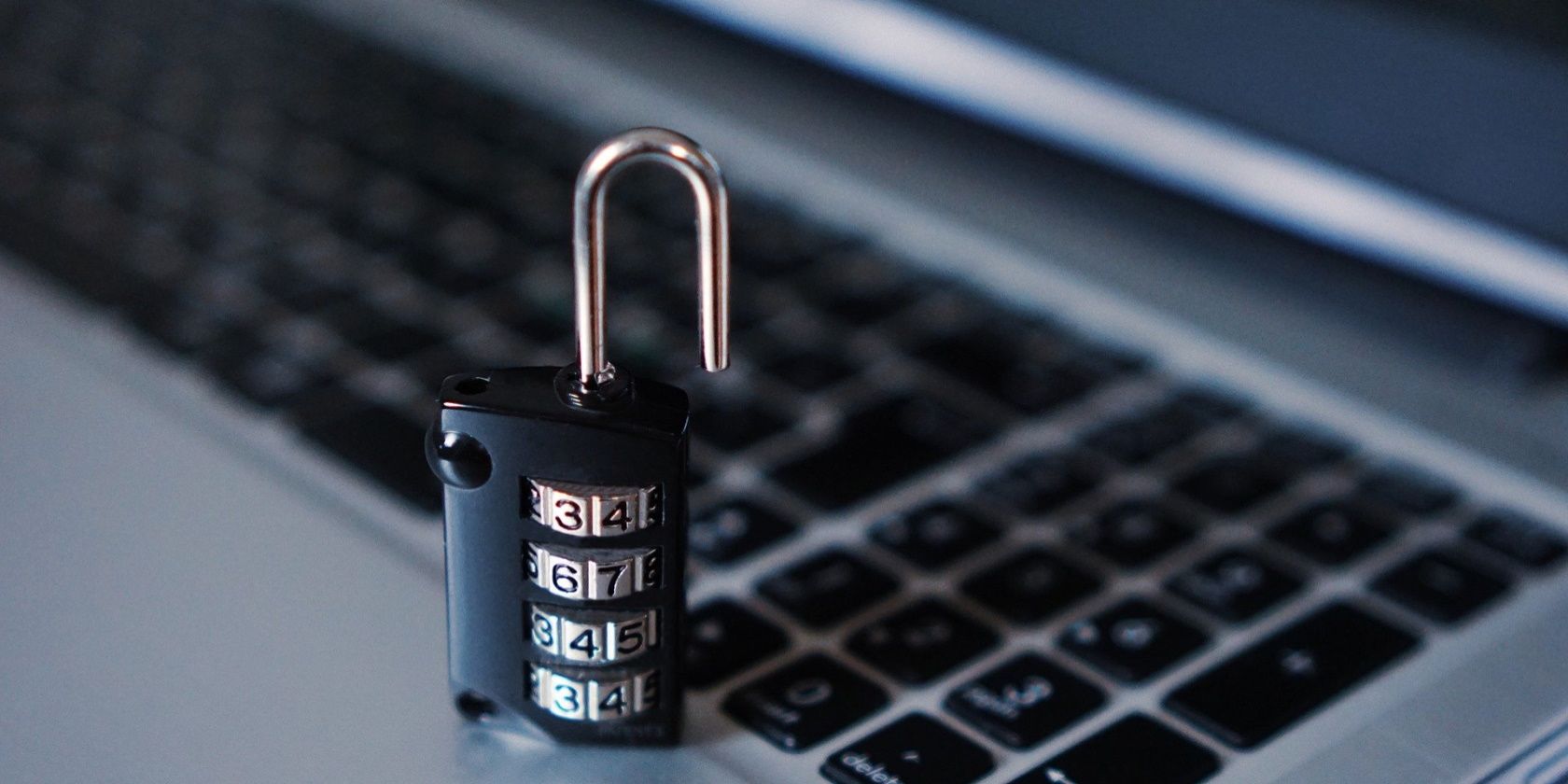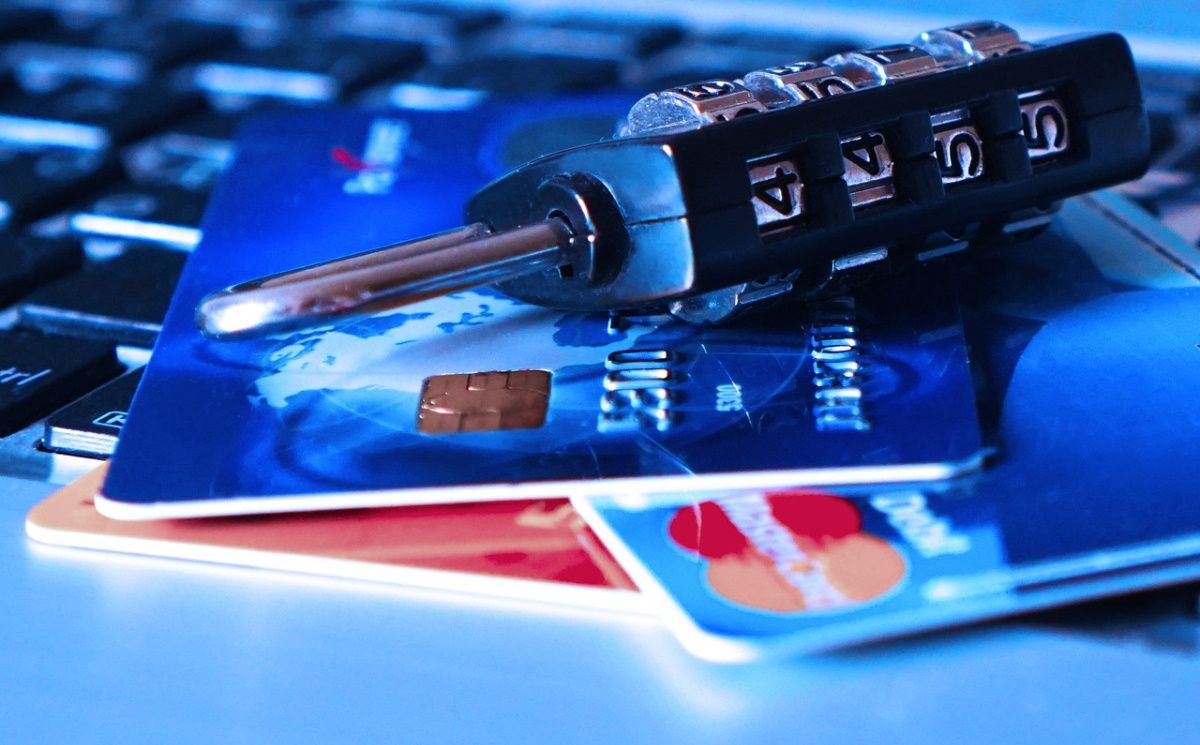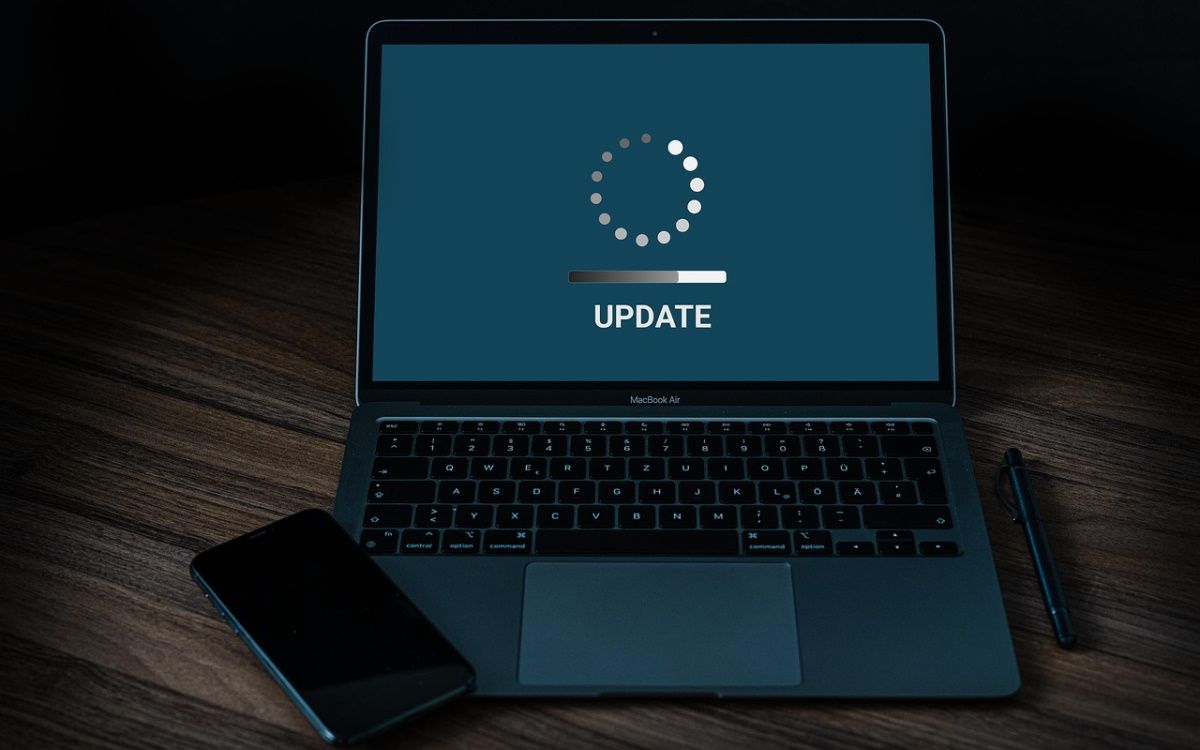A security loophole is all it takes for a cybercriminal to wreak havoc on your company’s systems, and working remotely only exacerbates the problem. As a remote worker, you are a more appealing target for hackers since there are more opportunities for them to exploit vulnerabilities.
To mitigate the security vulnerabilities associated with remote work, you need to be aware of common mistakes to avoid and take steps to protect yourself. Let’s dive right in:
1. Using the Same Password for Multiple Accounts
While having one password for all of your accounts is convenient, using the same password for multiple accounts is a significant security no-no. You shouldn’t even attempt to use the same pattern while changing a few characters here and there.
If cybercriminals gain access to one of your accounts, you have made it easy for them to break into your other accounts. We bet you have a ton of different passwords to keep track of, and it’s obvious you can’t memorize all of them, but that’s what password managers are for.
While we are on this, you might want to create strong passwords and change them more often than you think is necessary, at least once every three months.
2. Not Encrypting Your Files
One important measure you can take to protect your files is encrypting them. Encrypting your data makes it unreadable to unauthorized individuals. You can use encryption tools like AxCrypt to protect your local files.
In addition to this, you can also protect your web traffic by using a Virtual Private Network (VPN). These tools encrypt your web traffic and route it through secure servers, making it difficult for anyone to snoop on your traffic and steal your data.
Lastly, working remotely means you will need to use internal communication tools to collaborate with colleagues in other locations. Make sure these communication tools use end-to-end encryption.
3. Failing to Update Your Software
How often have you postponed updating your software because you were in the middle of something and didn’t want to be interrupted? We’ve all been there.
But, procrastinating on updating your software leaves you vulnerable to security threats. Cybercriminals are always looking for loopholes in software that they can exploit. This is why software companies release updates frequently to patch up these vulnerabilities.
So, one of the biggest security mistakes you can make is failing to respond to those updates, be it for your operating system, or other applications. That said, when you receive a notification to update your software or system, do it as soon as possible. If you must postpone because you can’t stop the work you are doing at that time, schedule a time for the update and stick to it or set a reminder, so you don’t forget.
4. Not Backing Up Your Data
Although we never hope for the worst, things can go wrong, and they often do. When it comes to remote work, this could be anything from your cat knocking over your laptop to a ransomware attack.
This is why you should prepare for unforeseen circumstances by backing up your data. There are two main ways to do this. You could either use an external hard drive or backup your data to the cloud. If you choose to go with an external hard drive, make sure you keep it in a safe place.
However, backing up your data to the cloud is likely the more convenient option since you can access your data anywhere. Just make sure you choose a reputable cloud backup service.
5. Clicking on Links From Unknown Sources
That harmless ad might not be as harmless as you thought. Phishing attacks are on the rise, and cybercriminals are better at making fake emails and links look authentic. They mask emails to make them look like they are coming from a legitimate source, such as your bank or a company you do business with.
This is why you should avoid clicking on links from unknown or even known sources that look suspicious. If you have doubts about the source of an email or link, contact the company it claims to be from to verify its authenticity.
When in doubt, don’t click, especially when using your work devices. The same goes for downloading attachments and apps from unknown sources.
6. Not Using Two-Factor Authentication
Securing your accounts using strong passwords is good practice, but you can take it a step further by using two-factor authentication (2FA).
2FA adds another layer of security by requiring you to enter another piece of verification, such as a code sent to your phone, in addition to your password. This makes it much harder for cybercriminals to gain access to your accounts, even if they somehow manage to steal your password.
7. Using Public Wi-Fi
One upside of remote work is the flexibility to work from anywhere, including your neighboring coffee shop, library, or anywhere that has a good internet connection.
But, working from public Wi-Fi hotspots comes with its own set of risks. These networks are usually unsecured because anyone can access them, exposing you to cyberattacks.
Whenever you feel like working in a public place, use a VPN to encrypt your connection and protect your data, or use your phone’s Hotspot feature to create a more secure Wi-Fi network.
8. Not Reading App Permission Lists
Chances are, you don’t think twice about clicking on “agree” when presented with an app’s permission list. In fact, we bet you don’t even read it. This is a security mistake to avoid, especially on your work devices.
When you install an application on your device, it will usually ask for specific permissions, such as access to your camera, microphone, or location. It’s important to take a moment to read these lists to understand what an app will have access to on your device. After all, why would your wallpaper app need access to your microphone?
Avoid These Common Remote Work Mistakes for a More Secure Workspace
Every day, cybercriminals come up with new tactics to exploit security vulnerabilities. This is why it’s important to be aware of common remote work security mistakes to safeguard your data.
You can follow these tips to create a more secure remote work environment. But, keep in mind that cybercriminals are constantly adapting, so it’s crucial to stay up-to-date on the latest security threats.





